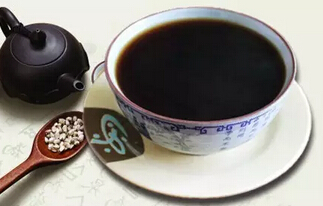
With the improvement of living standards and cultural tastes, more and more people have begun to enjoy drinking tea. The health benefits of tea, such as weight loss and detoxification, are also increasingly recognized.
Tea-drinking demographics are shifting from being predominantly elderly to younger generations. Some prefer the freshness of green tea, others the mellow taste of oolong tea, and some the rich color of black tea.
However, if the tea you choose doesn’t suit you, excessive consumption can lead to physical discomfort and even harm your stomach.
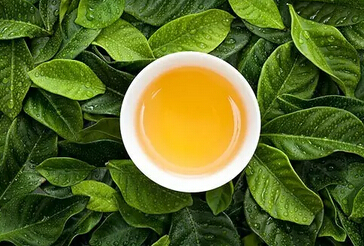
Chrysanthemum Tea:
Many people drink chrysanthemum tea to reduce internal heat. Traditional Chinese medicine considers chrysanthemum to have a sweet-bitter taste and slightly cold properties. While it can clear heat and detoxify, it should not be consumed continuously for long periods. Generally, drinking it once or twice a week is advisable. Those who are physically weak, spleen-deficient, stomach-cold, or prone to diarrhea should drink it sparingly, as excessive consumption may cause stomach and physical discomfort.
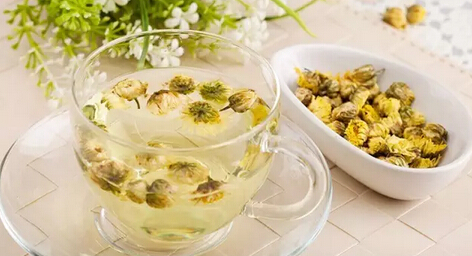
Green Tea:
Green tea is effective in clearing heat and promoting urination, helping the body eliminate harmful substances. It works best for those with damp-heat constitutions and also has anti-cancer and radiation-protective properties.
However, green tea is also the coldest in nature among all tea types, making it unsuitable for those with stomach-cold conditions. In northern regions with dry climates, damp-heat constitutions are rare, so drinking green tea frequently may lead to stomach discomfort.
Longjing, Biluochun, and Maojian are all green teas. People with stomach issues may experience discomfort if they drink these teas often.
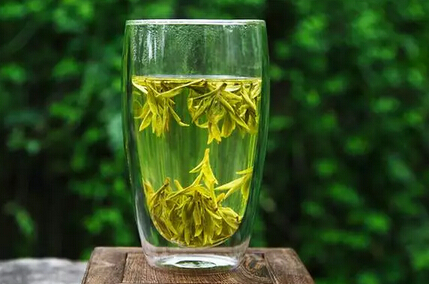
Yellow Tea:
Yellow tea is processed similarly to green tea but includes an additional step to develop a "yellow leaves and yellow soup" appearance.
Yellow tea is cooling in nature and can significantly affect the stomach. The main varieties on the market include Junshan Yinzhen and Huoshan Huangya, which are usually produced in small quantities and sold locally, making them rare.
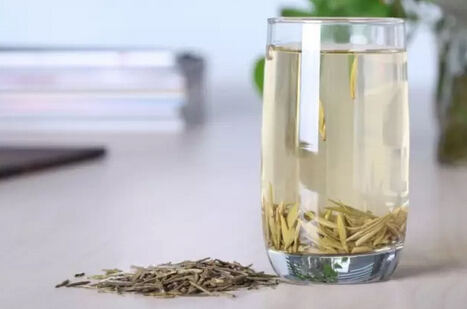
White Tea:
In recent years, the medicinal value of white tea has gained attention, leading to its increased presence in daily life. It is often said that "one year of tea, three years of medicine, seven years of treasure."
The main varieties of white tea include Shou Mei, White Peony, and Fuding White Tea. Generally, white tea is cooling and should not be consumed excessively. However, aged white tea, which has undergone oxidation and fermentation over time, has a milder cooling effect and can be consumed in moderation.

Raw Pu-erh:
Pu-erh tea is widely recognized for its health benefits. Based on whether it undergoes artificial fermentation, Pu-erh can be divided into raw and ripe tea. Ripe Pu-erh, due to its fermentation process, has a milder and warming nature, making it suitable for those with stomach-cold conditions. Raw Pu-erh, however, is strong and cooling, which can be harsh on the stomach.
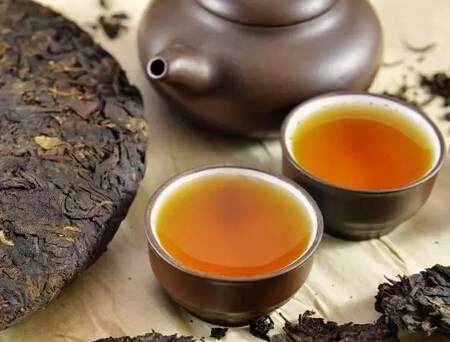
Herbal Tea:
Herbal tea is made by boiling herbs with cooling properties to relieve summer heat or treat throat discomfort caused by winter dryness. It also refers to formula-based tea beverages. Because herbal tea is "very cold," it is not suitable for people with stomach issues and should be consumed sparingly.
